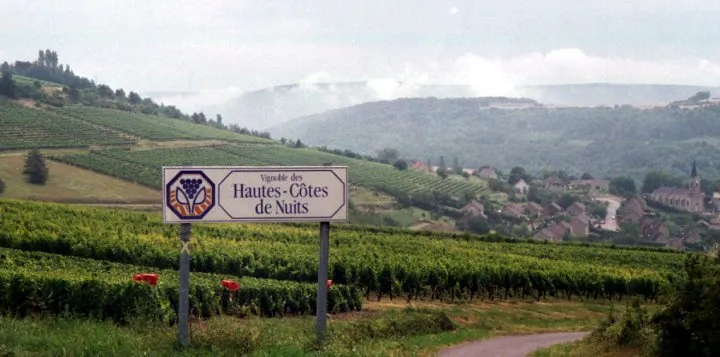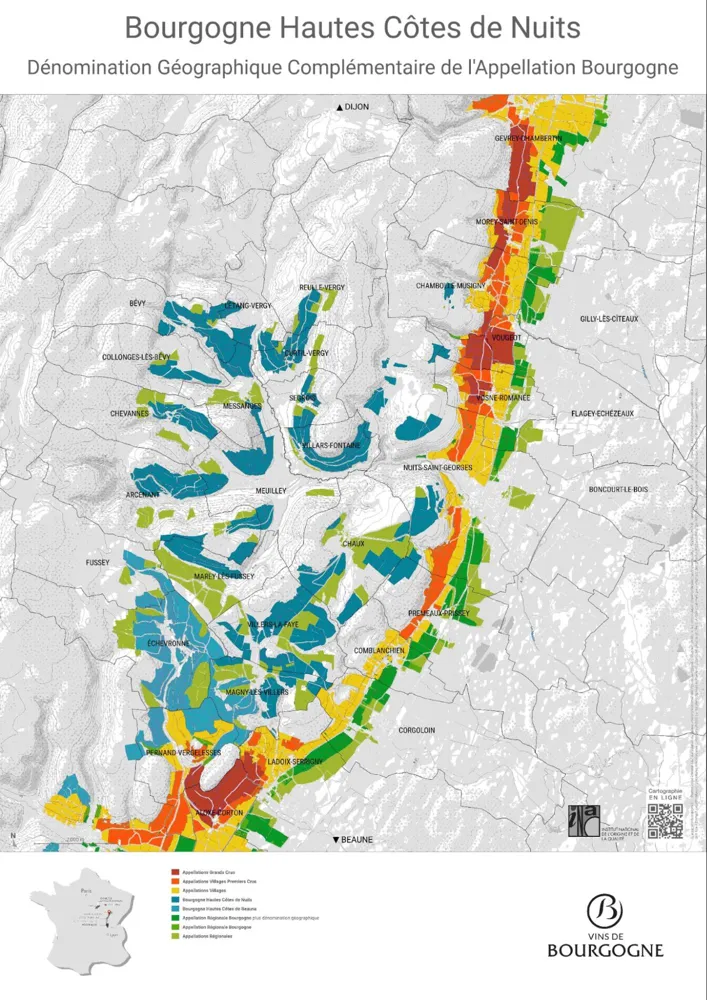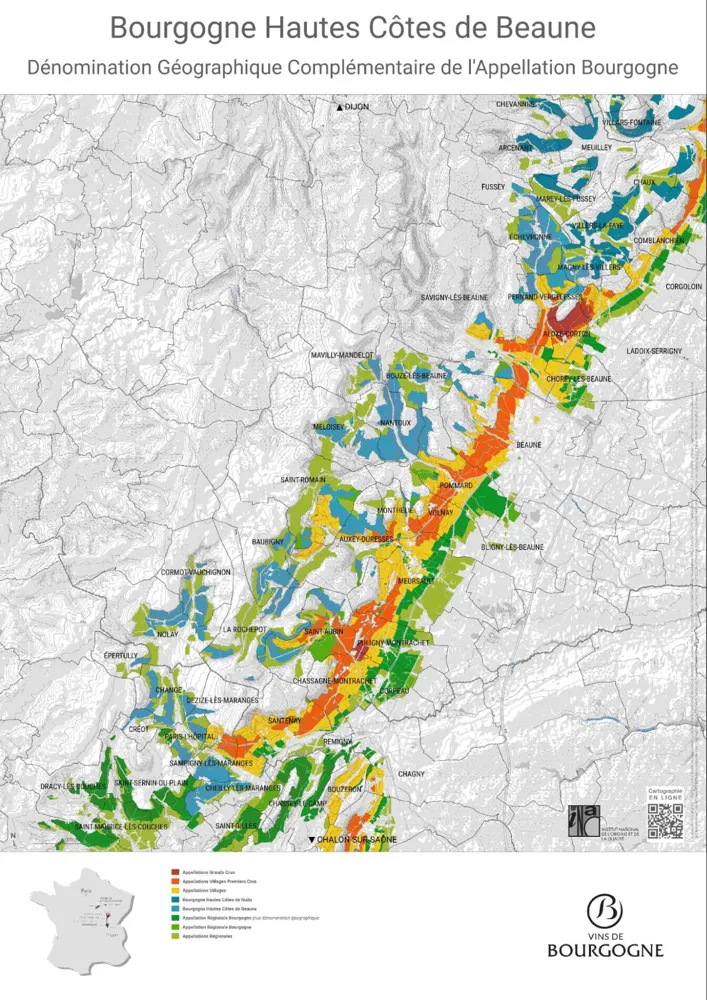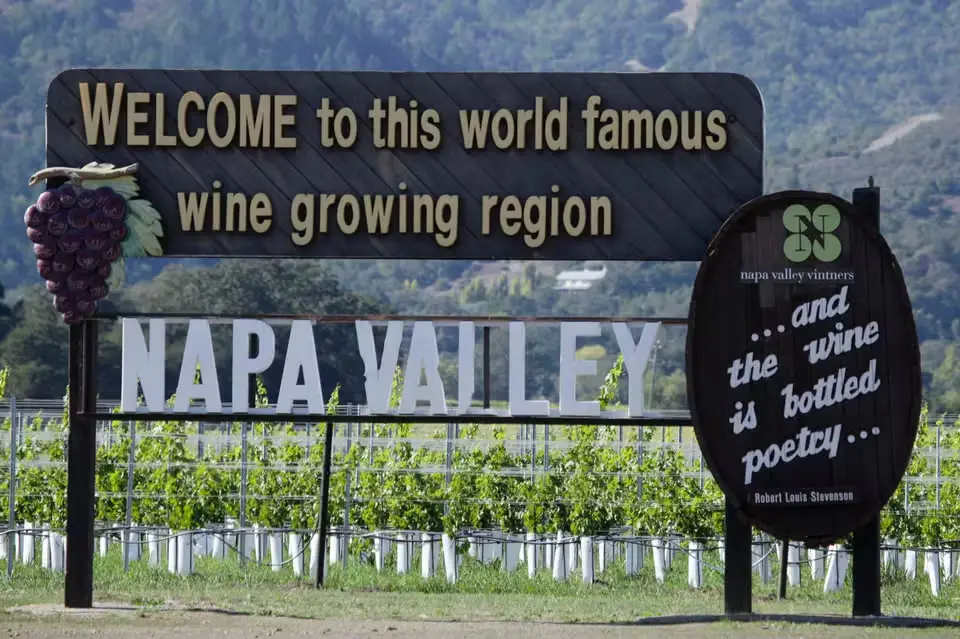Hautes-Côtes: The Rising Star of Burgundy
Understanding the appeal of Hautes-Côtes de Nuits and Hautes-Côtes de Beaune
Burgundy, as a prestigious wine region, a synonym of complexity and elegance, is home to the world's finest Pinot Noir and Chardonnay. Within Burgundy, there's no shortage of renowned appellations. When discussing the vibrant subregions of Burgundy, Hautes-Côtes de Nuits and Hautes-Côtes de Beaune undoubtedly stand out.
In recent years, numerous esteemed wineries and emerging talents have recognized the terroir potential of the Hautes-Côtes, thanks to their reasonably priced land and favorable climate amidst climate change. Hautes-Côtes has also become a haven for Burgundy enthusiasts seeking wines that offer exceptional value for money.

Reclaimed Winemaking Tradition
Hautes-Côtes de Nuits and Hautes-Côtes de Beaune are situated on the hills west of the Côte d'Or. Historically known as the "back hills" (French: “arrières-côtes”), the name was regarded as derogatory until the Bourgogne Hautes-Côtes appellations were established in 1961.
During Roman times, winemaking thrived across the Hautes-Côtes area. In the Middle Ages, vineyards in these areas garnered attention from French royalty and monasteries. Notably, the Hautes-Côtes de Nuits white wine produced by Domaine de la Romanée-Conti originates from vineyards once owned by the Abbaye Saint-Vivant de Vergy.
In the 19th century, winemaking in the Hautes-Côtes flourished. However, the devastation caused by phylloxera and the two World Wars led to nearly half of the vineyard area disappearing, with only around 1,480 hectares remaining. In today's Hautes-Côtes, vineyards coexist harmoniously with forests, blackcurrant, and raspberry orchards, creating picturesque landscapes.
The Terroir of the Hautes-Côtes
The vineyards here are well-exposed, predominantly facing south, with elevations ranging from 50 to 200 meters higher than the Côte d'Or, averaging 100 meters higher and reaching up to 485 meters at the highest point. In addition to the high altitude, the vineyards of Hautes-Côtes are dotted with valleys surrounded by forests and shrubbery, further cooling the area.
As a result, harvest times typically lag behind those of the Côte d'Or by about a week. Even in hot and dry years, Hautes-Côtes wines maintain their freshness.

The soil composition is primarily clay-limestone. However, the topsoil is often very thin, with abundant small stones and lower clay content, leading to poor water retention. Consequently, wines produced here may not match the opulence and grandeur of the best vineyards in the Côte d'Or in terms of body and structure.
Nonetheless, an increasing number of talented winemakers are beginning to explore the potential of the Hautes-Côtes, pushing the boundaries of quality through viticulture and winemaking techniques.

Viticulture in the Hautes-Côtes
Because of the cool climate and poor soils of the Hautes-Côtes, the legal planting density here is relatively low, at 4,000 plants per hectare, with most vineyards featuring higher canopies to optimize sunlight capture and enhance photosynthesis efficiency. To mitigate frost risk, there is a greater distance between the fruiting zone of the grapevines and the ground level.
However, some wineries aiming for higher wine concentration adopt planting densities similar to those in the Côte d'Or, around 10,000-12,000 plants per hectare. This is viable only for vineyards with higher clay content, capable of providing sufficient water for more grapevines per hectare.
Other wineries choose to maintain existing planting densities but expedite phenolic ripeness by refraining from pruning shoots and retaining high canopies, a method that appears to align better with the Hautes-Côtes tradition and overall Burgundy trend.
The grape varieties of Hautes-Côtes
Varieties beyond Pinot Noir and Chardonnay are more commonly found in the Hautes-Côtes than Cote d'Or, such as Pinot Blanc and Pinot Gris. These are often blended with Chardonnay and co-fermented to produce white wines. Aligoté and Gamay also thrive here, often labeled as Bourgogne Aligoté and Coteaux Bourguignons, respectively.
The natural environment of the Hautes-Côtes fosters greater biodiversity than that of the Côte d'Or, making it a frontrunner in Burgundy for regenerative agriculture and organic farming.
Winemaking in the Hautes-Côtes
On the winemaking front, wines from the Hautes-Côtes rarely exhibit styles characterized by heavy extraction, prominent oak, or prolonged barrel aging. Many wineries embrace low-intervention, natural winemaking approaches.
Red wines are often fermented with a high proportion of whole clusters, undergo gentle extraction, and are aged in old barrels, aiming to showcase the pure and captivating floral and fruity flavors of Pinot Noir. White wines are typically pressed after destemming, matured with lees in barrels, and some undergo skin contact fermentation to produce orange wines, enhancing complexity through texture.
While wineries may employ traditional techniques resulting in longer maceration, fermentation, and barrel aging. Although individual wineries may vary in style, the wines of Hautes-Côtes exhibit freshness, vibrant fruit character, and exceptional drinkability.
A Dynamic Region for Outsiders and Locals
Several wineries have deep roots in the Hautes-Côtes, with family vineyards spanning generations. Domaine Naudin-Ferrand exemplifies this tradition, deeply intertwined with the history of the Hautes-Côtes. Claire Naudin, who took over in 1994, is committed to organic farming, cultivating her vineyards without chemicals. Using whole bunch instead of sulfur, her wines are acclaimed for their authenticity and purity.
The relatively affordable land prices in the Hautes-Côtes have attracted newcomers to Burgundy, resulting in the emergence of noteworthy wineries. Meanwhile, the cool climate of the Hautes-Côtes has enticed prestigious estates from the Côte d'Or to diversify their offerings. Esteemed names such as Domaine Leflaive, Sylvain Cathiard, Thibault Liger-Belair, and Pierre-Yves Colin-Morey have joined the region.
Wineries based in the Hautes-Côtes often do not regard wines from this region as "entry-level" when they make viticulture and winemaking decisions. Many wineries, farm their vineyards like those in the Côte d'Or, aiming to express the distinctive terroir of each plot.
The Hautes-Côtes are perhaps the most exciting and dynamic parts of Burgundy today. Quality is on the rise, driven by both locals and outsiders. What makes it so thrilling is its resemblance to the Côte d'Or, coupled with its intriguing individual character. Furthermore, the potential and diversity of terroirs within the Hautes-Côtes are still waiting to be fully explored.
Sylvia Ba



